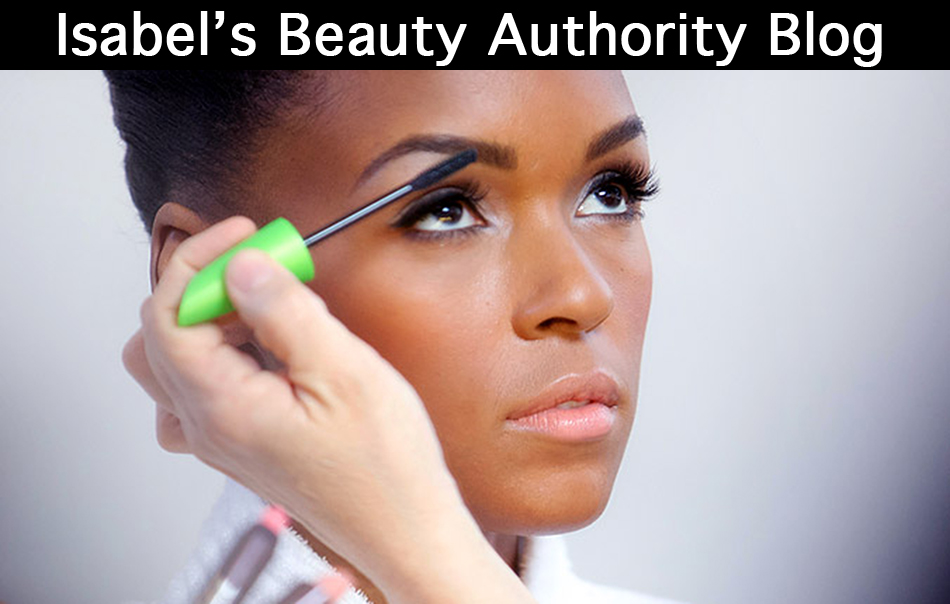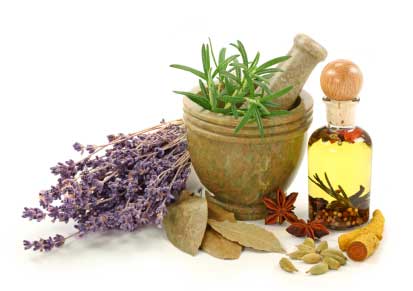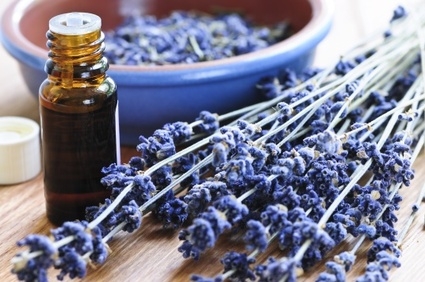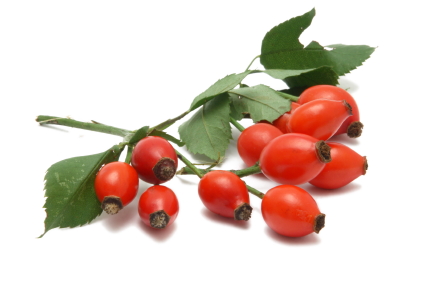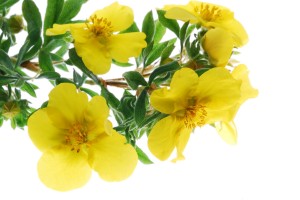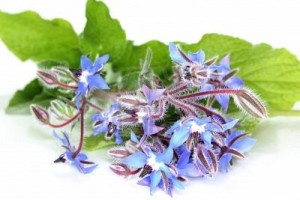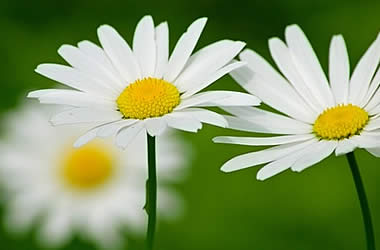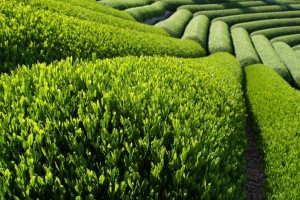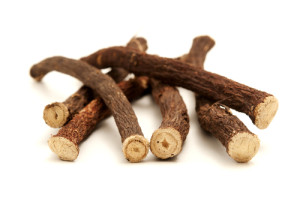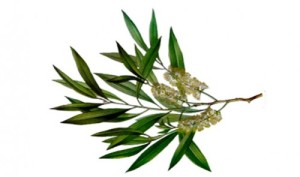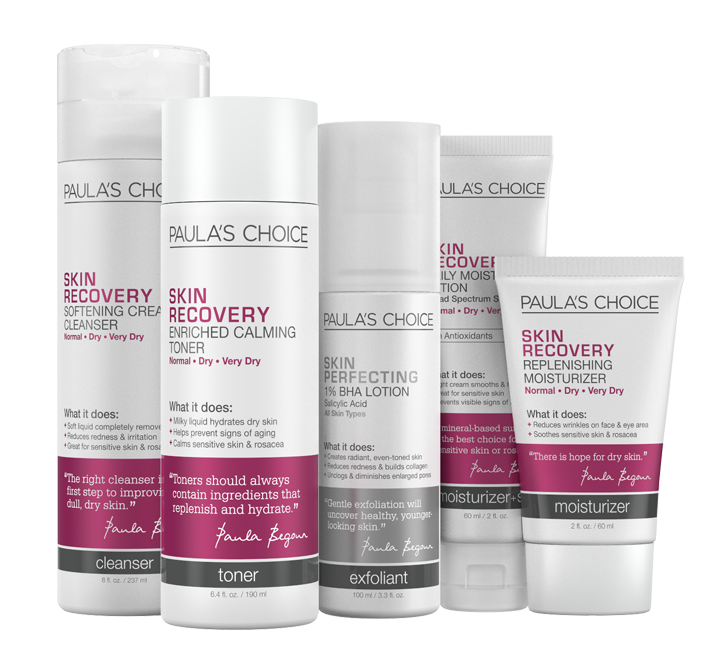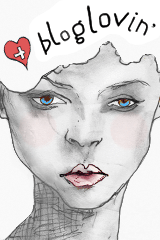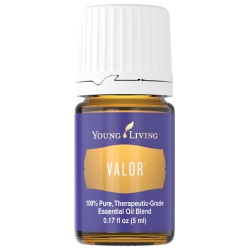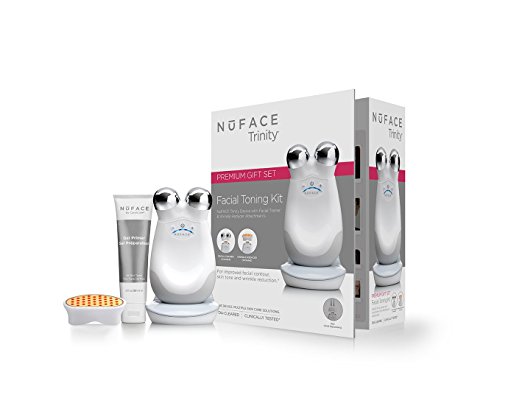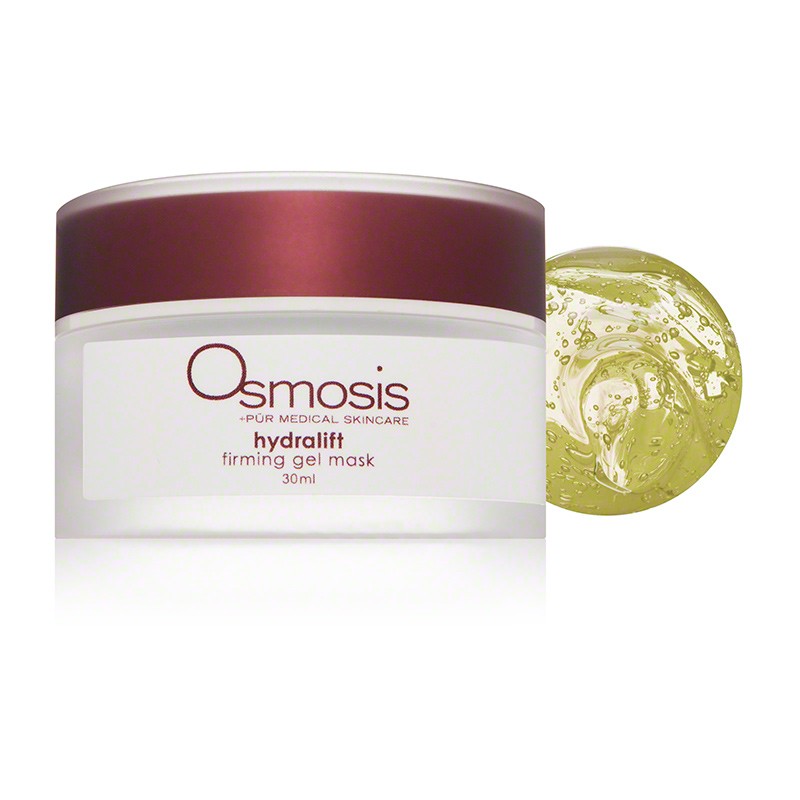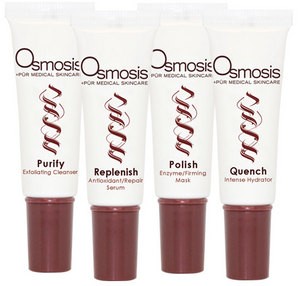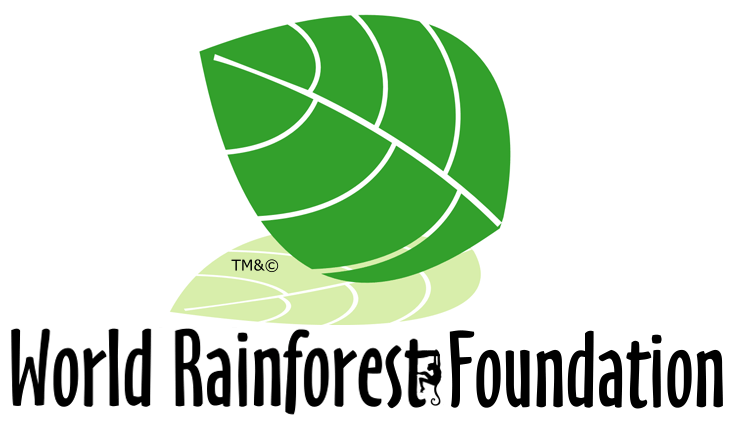Herbal Remedies for Rosacea
Rosacea generally results in enlarged blood vessels, generally focusing on the face, particularly the nose, and often takes the appearance of flushed or red skin. Rosacea may be brought about by stress, excessive temperatures or food sensitivities, among other causes. In addition to conventional treatment choices, you might have the ability to get relief from flareups and reduce this condition over time with certain home remedies for rosacea. Before using any natural alternative, though, ask your primary care physician so as to steer clear of allergic reactions or unexpected side effects.
Eat healthy. Nutritional deficiencies may exacerbate rosacea.
◦ Eliminate foods containing trans fats, high-fructose corn syrup, sugar, and common allergens, such as corn, dairy, gluten, and peanuts, which are known to trigger rosacea flare-up.
◦ Eat lots of whole grains, almonds, and dark leafy greens, which contain anti-inflammatory B vitamins.
◦ Eat fruits and vegetables, such as prunes, pomegranates, grapes, blueberries, blackberries, zucchini, cherries, apples, beets, kale, spinach, broccoli, and onions, which are rich in antioxidant,and bioflavonoids to strengthen arteries and veins and prevent them from dilating to cause rosacea.
◦ Eat fish rich in omega-3 fatty acids, such as wild-caught salmon, halibut, and sardines, three times a week.
About Rosacea By Jessica Wu
Rosacea is a type of acne that occurs only in adults. It usually appears in people with fair skin, and it tends to be hereditary. It often begins with easy flushing or blushing and later produces pink bumps, pimples, and pustules on the nose, cheeks, and chin. In addition to redness, people can get enlarged capillary veins, especially across the nose and cheeks.
People with Rosacea often also have overactive oil glands and large pores. If left untreated, this condition can develop into pustules and pimples, and eventually large cysts. In addition, Rosacea can lead to distortion of the shape of the nose.
Treatments for Rosacea are varied, and often combined for more effective results. An initial option is the prescription of topical antibiotics such as Metrogel and oral antibiotics such as Tetracycline, Doxycycline, or Minocycline. Aurora Laser treatments can improve the background redness associated with Rosacea, while a Diode laser can collapse the larger veins that appear on the face. For the oiliness and acne, a Jessner peel containing Salicylic Acid can help unclog oil glands and reduce redness and pustules.
As a general lifestyle guideline, it’s essential for people with Rosacea to avoid anything that causes the skin to flush, including hot or spicy foods and drinks, saunas and Jacuzzis, and alcohol.
What Causes Rosacea According To Paula Begoun
One of the main reasons there have been problems finding a cure for rosacea is that no one knows, or at everyone doesn’t agree on, exactly what causes it. Many researchers think there’s a genetic component to the development of rosacea. Others believe that elevated levels of an inflammatory peptide called cathelicidin or high levels of an enzyme known as KLK5 in the skin’s uppermost layers play a role.
Another theory is that a mite commonly found on human skin, Demodex folliculorum, triggers the inflammation that leads to rosacea. Research has shown that those with rosacea tend to have a finer layer of superficial blood vessels in their facial skin, and these vessels are hypersensitive to internal and external factors.
Last, some researchers believe that those with rosacea have a much thinner, more delicate surface barrier. Think of the skin’s layers like the layers of an onion: On rosacea skin, the barrier is akin to the onion’s paper-thin skin; on skin without rosacea, there are more layers (literally, thicker skin) offering enhanced barrier protection.
Regardless of the cause, there are plenty of factors that can make rosacea worse! Basically, anything that causes a rush of blood to the face is an issue. All of these are triggers:
- Sun exposure
- Wind
- Hot climates
- Heavy or strenuous exercise
- Emotional stress
- Certain cosmetic ingredients
- Topical steroid creams and other topical medications that can thin the skin
- Spicy foods, alcohol, and caffeine (especially from hot beverages like coffee)
Who Gets Rosacea
Rosacea is a condition that shows up in adults, usually between the ages of 30 and 60. It affects all segments of the population, but is most common in people with fair skin tones, especially those who tend to blush easily. In fact, it’s thought to affect as much as 30 to 50 percent of the Caucasian population! Women are diagnosed with rosacea more frequently than men, but men tend to experience more severe symptoms, such as a swollen, distended nose area and more broken capillaries.
Essential Oils and Herbs for Rosacea
Several treatments for rosacea symptoms are possible, including laser therapy. Other forms of symptom treatment include using moisturizers for sensitive skin, taking herbal supplements and/or the topical application of essential oils. Always consult with your physician or other qualified healthcare provider before embarking on a new treatment.
Lavender Essential Oil
Lavender essential oil is extracted from the flowers and leaves of the plant through steam distillation. A favorite essential oil for all skin types, lavender essential oil is particularly beneficial to rosacea skin. It calms the skin and has anti-inflammatory properties.
Rose Hip Oil
Like borage oil, rose hip oil has a high concentration of the essential fatty acid, GLA. Essential fatty acids are necessary to the creation and maintenance of healthy cellular membranes, through which nutrients pass into the cells. Rose hip oil is used on rosacea as an antiseptic and to regulate sebum production.
Evening Primrose
Evening primrose oil is extracted from the plant’s seeds, which are high in GLA content. It is offered as an herbal supplement, as well as a topical oil. Evening primrose oil helps to normalize the barrier functions of the skin, maintains hydration and offers both astringent and calming effects.
Chamomile Oil
Chamomile oil is extracted by steam distillation from the flowers of the plant. The oil contains azulene, which offers superior calming effects. When used for rosacea, the oil soothes the skin and relieves inflammation.
Try Chamomile cold compresses. Steep a handful of pure chamomile or several chamomile tea bags in three cups of boiling water for 10 minutes, then refrigerate. When you need a cold compress, dip a cotton cloth in the chamomile and apply it to the affected area until you feel relief. Chamomile may also be used as an ointment or cream applied to skin.
Borage Oil
Borage oil is extracted from the seeds of the Borago officinalis plant. It is rich in gamma-linolenic acid (GLA), an essential fatty acid. The body does not naturally produce essential fatty acids and must take them from food sources. Borage oil can be taken as an herbal supplement or applied topically to the skin. Its anti-inflammatory properties are helpful for rosacea; borage oil also reduces reddening. It is also an effective emollient and promotes healthy skin.
Feverfew
Apply a skin cream containing Feverfew to the affected area. Feverfew reduces inflammation by inhibiting 5-lipoxygenase and cyclooxygenase, resulting in decreased platelet aggregation. Extracts of feverfew contain parthenolide, a potent skin sensitizer. In a recent study by Sur et al, a parthenolide-depleted extract of Feverfew (PD-Feverfew) was made and used to test for its effectiveness in treating inflammatory skin conditions, and found that it reduced inflammatory markers and reduced skin redness induced by vasodilation (similar mechanism as in rosacea), suggesting that parthenolide-depleted feverfew might be an appropriate herbal remedy for rosacea.
Green Tea
Use Green Tea. In addition, apply green tea infused face cream twice daily to affected areas of the skin. Green tea contains epicatechin, epigallocatechin, epicatechin-3-gallate, and epigallocatechin-3-gallate, which have anti-carcinogenic, anti-inflammatory, antioxidant, and photoprotective properties, the latter especially useful rosacea, of which sun sensitivity is a hallmark. Green tea extract may also reduce the disruption of the skin barrier seen in rosacea. If you cannot find green tea infused cream, you can try the cold compress method described for chamomile above.
Licorice
Apply a gel containing Licorice to affected areas of the skin twice daily. Glycyrrhizinic acid has also been shown to improve dermatitis. In a study by Saeedi et al (2003), 2% glycyrrhizinic acid gel significantly reduced erythema, edema, and itching in patients with atopic dermatitis over the 2-week treatment period.
Tea Tree Oil
Apply Tea Tree Oil to affected areas of skin. Tea tree oil has both antiseptic and anti-inflammatory properties. It may kill germs resistant to methicillin, vancomycin, and other antibiotics. Tea tree oil contains over 100 components, mostly monoterpenes, sesquiterpenes and their alcohols, such as terpinen-4-ol, which is responsible for most of the antimicrobial activity. Use tea tree oil with caution, as it may cause side effects including allergic contact dermatitis,[systemic contact dermatitis, erythema, and systemic hypersensitivity reactions, as well as conditions such as linear immunoglobulin A disease
Light-Based Treatments for Rosacea
Some of the best and most effective treatments for rosacea involve using light to target the blood vessels that cause the “red mask” and broken capillaries of rosacea. Special lasers or intense pulsed light (IPL) machines target capillaries and diffuse redness in the upper layers of the skin. These light-based treatments cause the walls of blood vessels to heat up, which damages them, causing them to be absorbed by the body as part of its natural defense.
The catch? Repeated treatments (typically 4–6 spaced a few weeks apart) are required for the redness to disappear completely, and most people will need a maintenance treatment at least once per year. Despite the need for repeat treatments and the expense involved, light-based treatments can make a remarkable difference in keeping rosacea and its symptoms under wraps, often for extended periods of time.
